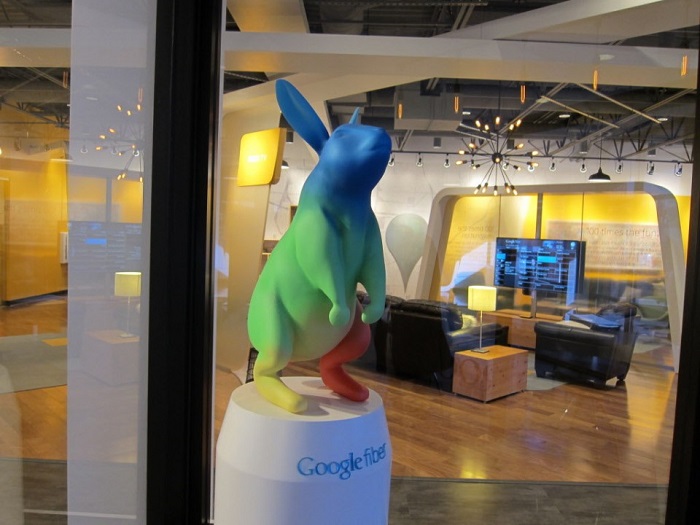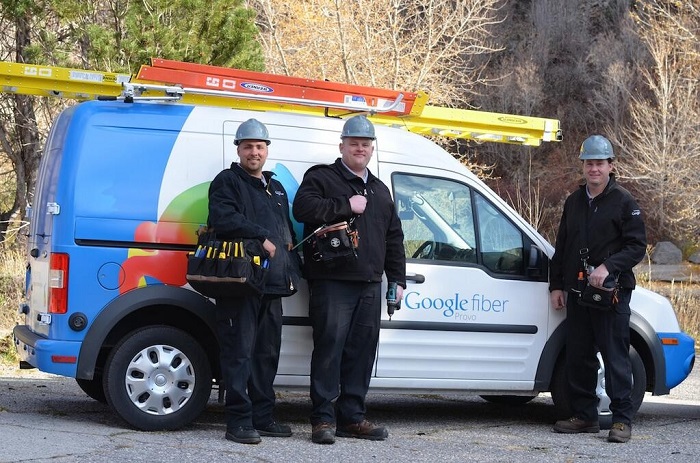Alphabet Inc.’s Google Fiber unit is going on a bit of a hiatus at the moment to take a look at other options for delivering high-speed internet across the country.

The branch is frustrated with how expensive and time-consuming it is to lay new cable down, as both have far surpassed initial estimates.
In both Portland, OR, and San Jose, CA, rollout plans have been suspended until future notice.

While Google Fiber is already delivering high-speed internet to users within the U.S., the number of metro areas that have had the company’s cable infrastructure physically put into place is just six total — and that is what has been accomplished in the last four years. This has led the company to the solutions of leasing existing fiber, or otherwise asking power companies for assistance with building the networks. Truth be told, neither is ideal — so the company is going back to the drawing board to figure out a better solution.
“If you’re in the telecommunications industry for 150 years, there are no surprises here,” said Jonathan Reichental, a technology expert out of Palo Alto, California. “But if you’re a software company getting into the business for the first time, this is a completely new world.”
Reichental added that he was also told the company has allotted six months of time to this hiatus.
It is worth noting that Google Fiber has been well received by subscriber base. Web connections are estimated to be in the neighborhood of 30 times faster than the U.S. average. The service costs $70/month for the fastest internet connection and an additional $60/month for TV.
Good performance plus competitive pricing has led to the company being well received in the areas where it’s brought its service.
“We’re continuing to work with city leaders to explore the possibility of bringing Google Fiber to many cities,” Alphabet said in a written statement. “This means deploying the latest technologies in alignment with our product road map while understanding local considerations and challenges, which takes time.”
One long-term solution that is being explored at the moment is the use of wireless technology to connect homes to the internet. Areas where this could soon be tried out in the near future include Los Angeles, Chicago, and Dallas.
While there hasn’t been any sort of formal announcement yet, it is worth noting that last month, Google Fiber acquired Webpass Inc., a company that beams internet service from a fiber-connected antenna to another antenna on an apartment building. The company already services approximately 800 buildings in San Francisco, San Diego, Miami, Boston, and — conveniently enough — Chicago.
“Everyone who has done fiber to the home has given up because it costs way too much money and takes way too much time,” explained Webpass Chief Executive Charles Barr.
There are reports that in Kansas City, the site of the first Google Fiber rollout, the company is testing a wireless technology that delivers connections from antennas located atop street lamps. Also, there are documents available online that show Google Fiber has applied to the Federal Trade Commissions to test “experimental transmitters” for wireless connections in 24 U.S. locations during the next two years.
Alphabet officials continue to confirm with its investors that, despite the high costs associated with this particular unit, Google Fiber is a real business. “We continue to see Fiber as a huge market opportunity,” Chief Financial Officer Ruth Porat told investors last month. “We’re being thoughtful and deliberate in our execution path.”
Via the Wall Street Journal
Advertisement
Learn more about Electronic Products Magazine





